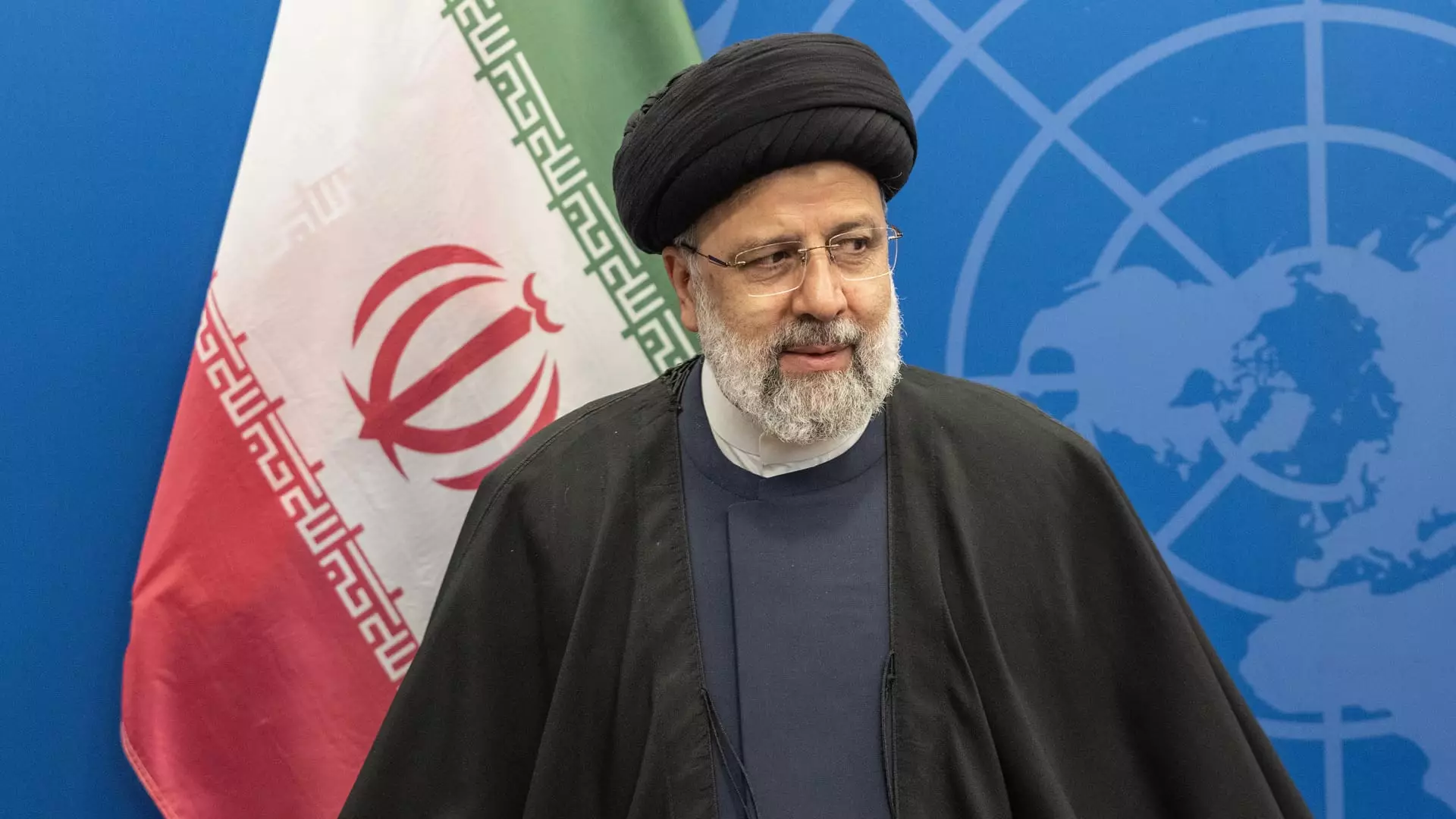The recent helicopter crash that claimed the lives of Iranian President Ebrahim Raisi and Foreign Minister Hossein Amirabdollahian has thrown the country into a state of uncertainty. The tragic accident occurred while they were returning from Azerbaijan, highlighting the challenges faced by Iran, including economic decline, popular discontent, and ongoing conflicts in the region. As the country grapples with this unexpected loss, the world watches closely to see what unfolds next in the Middle Eastern power.
With Raisi being a hardline right-winger and a potential successor to the Supreme Leader Ayatollah Khamenei, his sudden death has set in motion a succession process that has elevated Vice President Mohammed Mokhber to the interim presidency. However, the real power dynamics within Iran may see a significant shift, with the Islamic Revolutionary Guard Corps (IRGC) potentially gaining more control over the country’s political direction. This could result in intensified policies aligning with the IRGC’s agenda during the interim presidency period.
Despite the leadership change, experts suggest that Iran is unlikely to deviate significantly from its current course when it comes to foreign and domestic policies. The country’s refusal to have formal diplomatic relations with the U.S., its decades-long stance on not recognizing Israel, and its ongoing battle against Western sanctions are expected to persist. The relationship with the U.S. and Israel, as well as broader regional issues, are deeply ingrained and are likely to remain unchanged despite the transition in presidency.
The death of President Raisi comes at a challenging time for Iran, with ongoing conflicts in the region and economic struggles exacerbating the situation. However, there may also be opportunities for potential reforms and changes within the political landscape. While the Guardian Council ultimately controls who is allowed on the ballot in Iranian elections, there could be a chance for shifts in power dynamics and policy directions, albeit within the constraints of the country’s political structure.
It is crucial to understand that the Iranian presidency does not hold the ultimate power within the state. As second-in-command, the President operates under the guidance and authority of the Supreme Leader, limiting their independence and ability to make unilateral decisions. This lack of autonomy extends to foreign policy, where the President’s role is constrained by the broader strategic goals set by the country’s leadership.
While the tragic death of President Raisi has created a sense of uncertainty and raised questions about Iran’s future, the country is likely to maintain a trajectory of continuity in its policies and relationships. The transition of power to Vice President Mokhber and the subsequent election process will undoubtedly shape Iran’s political landscape, but the true power dynamics lie in the hands of institutions such as the IRGC and the Supreme Leader. As the world observes the developments in Tehran, it remains to be seen how these internal shifts will influence Iran’s external relations and regional dynamics in the months to come.


Leave a Reply